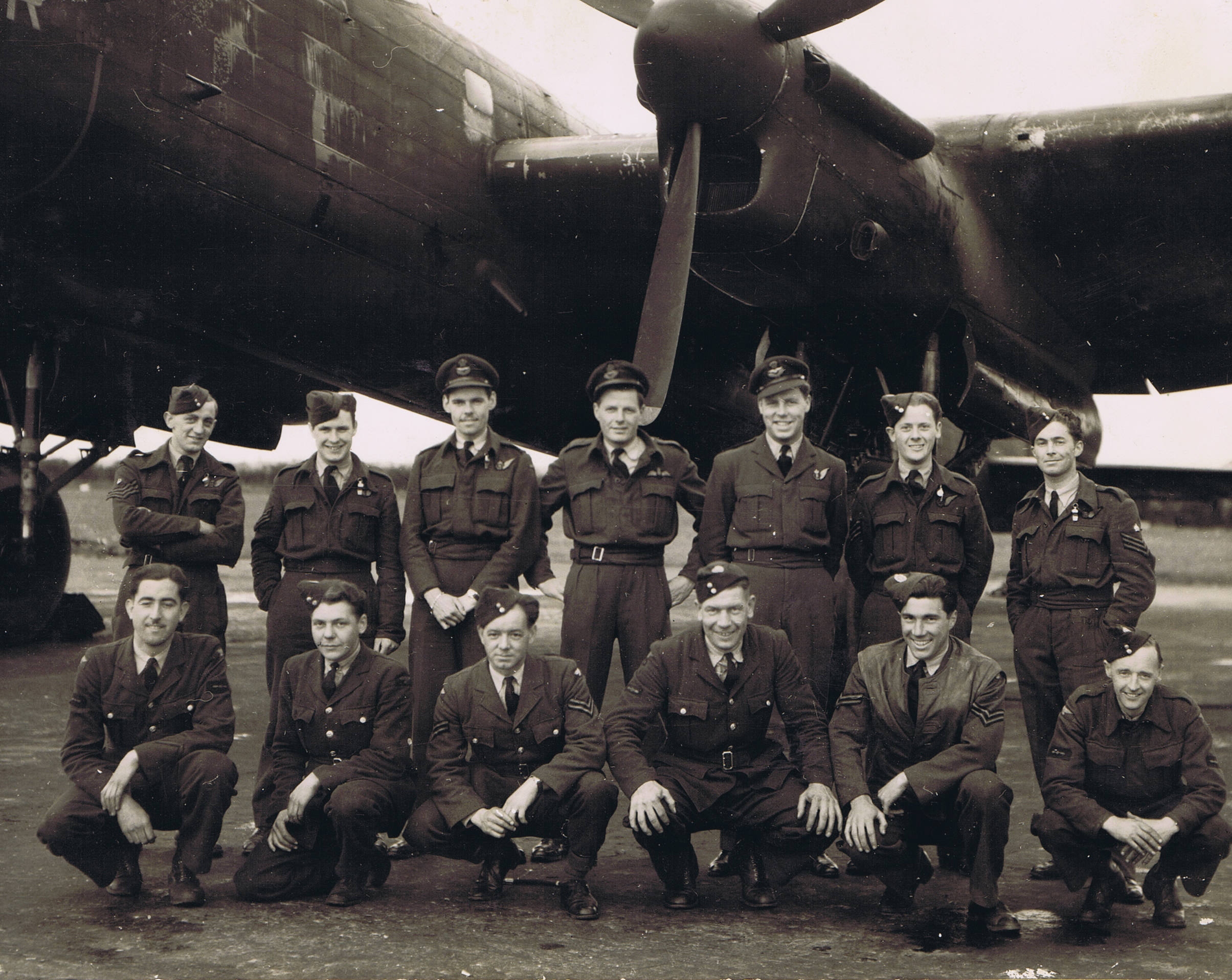

These works are wonderful on their own terms, but I have a special reason for recommending them here and now. If you haven’t read these books, I commend them to you - along with the beautifully presented 2015 Living in the Age of Airplanes film, which tells the compelling story of how the airplane has so utterly changed the world in little more than a century. As he writes in an early chapter, “so high above the world, open to more of the planet and sky than any species has the right to see, we find room for introspection in one of the last places we might have thought to look for it.” A few years ago, though, I was delighted to discover a second touchstone book in Mark Vanhoenacker’s Skyfaring. Regular readers will know that I have long cherished Richard Bach’s Gift of Wings as “the” lodestar, because the beautifully written essays so deftly express the many dimensions of our collective love for Aviation and/or Flying. Mark Vanhoenacker, Skyfaring: A Journey with a Pilot The ordinary things we thought we knew become new or more beautiful, and the visible relationships between them on the land, particularly at night, hint at the circuitry of more or less everything. There is nothing in all the world quite like either one of them.Īirplanes raise us above the patterns of streets, forests, suburbs, schools, and rivers. (…) Aviation or Flying, take your choice. Flying, with its chugging biplanes and swift racers, with its aerobatics and its soaring, is an art. "The CO2 standard will push industry to be as fuel-efficient as possible in all market conditions to reduce GHG (greenhouse gas) emissions and the impact of aviation on climate change,” stated the Canadian paper presented at ICAO last week.Aviation, with its airways and electronic navigation stations and humming autopilots, is a science. It is due to finalise a market-based mechanism for all airlines later this year. Aviation was not included in the global climate deal reached at a UN conference in Paris in December, but ICAO had been trying to nail down the standard as the first of a two-part strategy after six years of talks. Negotiators from 22 countries have been trying to come up with the world's first carbon dioxide emissions standards for aircraft as part of the industry's contribution to efforts to combat climate change. Planes weighing 60 tonnes or more, which include commercial passenger jets, generate the majority of carbon dioxide emissions from the aviation sector. "The Europeans moved a bit, but it was not what the U.S. "This outcome was the minimum needed from ICAO for a credible first start," said Bill Hemmings, aviation director at the Brussels-based organization Transport & Environment. The new standards would not apply to existing aircraft in service. Negotiators agreed to a second standard that would deliver a 36 percent reduction in emissions on new models of large planes starting in 2020. The new standards set a 33 percent emissions-reduction target for new large aircraft in production, starting in 2023 and staggered over a five-year period, the sources said. The standards must still be approved by the International Civil Aviation Organization's governing council. The new standards, aimed at makers of small and large planes alike, were agreed to at the United Nations aviation agency in Montreal, amid a rift between Europe and the United States over how high to set the bar on efficiency. By Allison Lampert and Valerie Volcovici MONTREAL/WASHINGTON (Reuters) - Global aviation leaders agreed on Monday to the world's first carbon dioxide emissions standards for new and existing aircraft manufacturing programs starting in 2020, two sources familiar with the matter said.


 0 kommentar(er)
0 kommentar(er)
